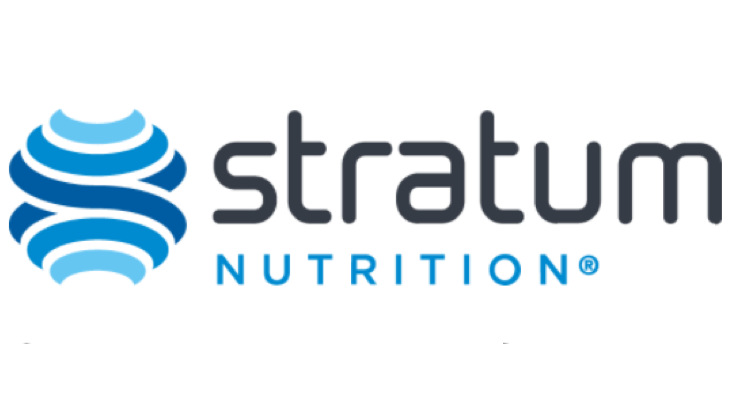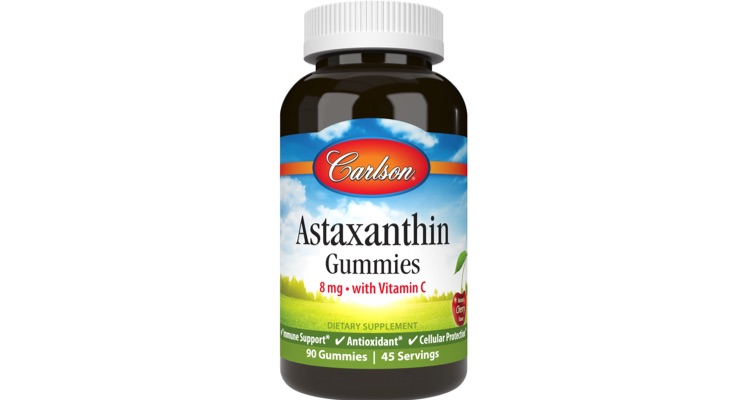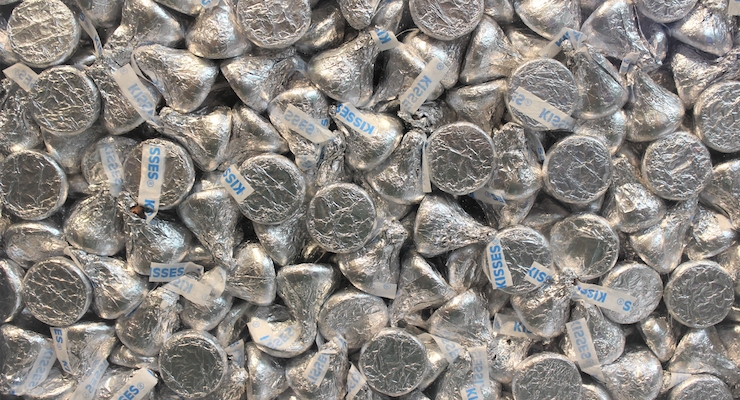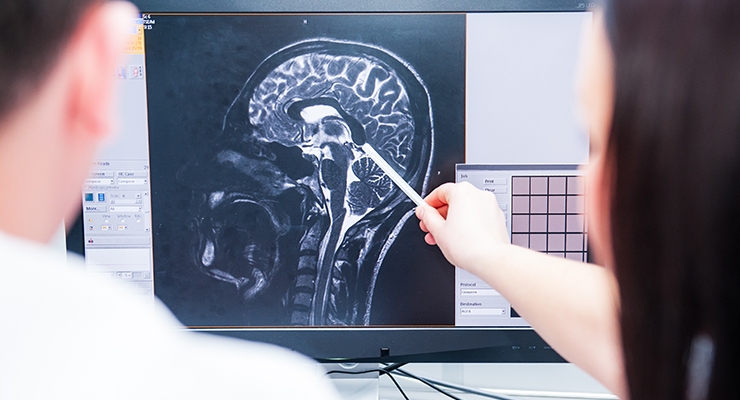Market Updates, Research
High-Protein Meal Replacement Improves Exercise Metabolism Compared to Standard Breakfast
The authors observed significant differences in fat oxidation, hunger suppression, and metabolic profile post-exercise.

By: Mike Montemarano

As meal replacements become more mainstream additions to a nutrition regimen for athletes and active consumers alike, both in and outside of the context of sports nutrition, it begs the question as to whether their usage is preferable to eating a standard meal.
A recent clinical trial, published in the journal Nutrients, made the case for high-protein meal replacements in lieu of a standard breakfast for optimal metabolic performance in the gym shortly afterward.
“Diet and physical activity are key players in the ‘intake’ and ‘expenditure’ sides of the energy balance equation,” the authors wrote. “Although the balance concept seems uncomplicated, its regulation is highly complex and influenced not only by energy intake and energy expenditure, but also by physiologic and behavioral factors, such as age, hormones, and appetite sensations[…] therefore, the ‘eat less’ and ‘exercise more’ solution for weight management is not a simple one.”
The acute, randomized, controlled crossover study recruited 43 healthy, normal weight adults who were instructed to perform moderate-intensity exercise (standardized with a fitness test at baseline) while inside of a whole-body calorimetry unit, shortly after either having a high-protein meal replacement containing 30% carbs, 43% protein, and 27% fat, or a standard North American breakfast comprised of 55% carbohydrates, 15% protein, and 30% fat. Each of the pre-workout meals were of equivalent caloric value. The high-protein meal replacement used specifically for this study was an isocaloric soy protein supplement called Almased.
According to the researchers, the high-protein meal replacement group saw significantly greater fat oxidation, and lower carbohydrate oxidation, as well as a lower respiratory exchange ratio during exercise. Following exercise, the meal replacement group had less significant increases in hunger than the control group as well, according to self-reported surveys.
Furthermore, a number of metabolic parameters seemed better for the purposes of maintaining a healthy body weight than were present in the control group. From fasting state to post-exercise, the meal replacement group had greater changes in insulin, peptide tyrosine-tyrosine, and glucagon-like peptide 1 (each of these three markers are anorexigenic hormones). Changes in LDL cholesterol, triglyceride, and glycerol were lower.
All together, these differences suggest that a high-protein meal replacement shortly before exercise, in lieu of a standard breakfast, could be critical for some as a weight management strategy.
“Interestingly, all these effects were produced with an acute nutritional intervention and in the absence of a difference in exercise EE between groups,” the authors wrote. “These results highlight the impact an HP-MR has during and after an exercise session on energy metabolism, appetite sensations, and metabolic blood markers of healthy adults, and provides further insight into the potential role of these combined strategies for weight management.”
They further explain that, since an increase in hunger is a major component of why exercise strategies often fall flat as a method of weight loss due to the energy intakes compensatorily increasing, the fact that the meal replacement cut down on sensations of hunger was, likewise, promising.
“This compensation can undermine the exercise-induced weight loss, which partially explains why some individuals do not lose or even gain body weight after starting an exercise training program. Therefore, dietary interventions able to minimize this compensation have the potential to improve an individual’s response to exercise-induced energy deficit and, consequently, weight loss,” the authors wrote.




















